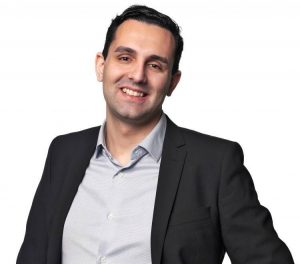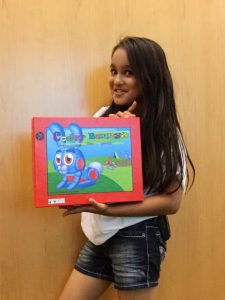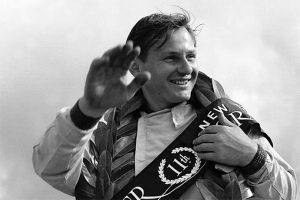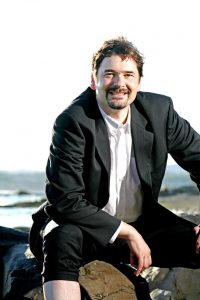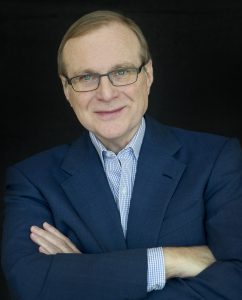The Journey of the World’s Largest Telecom Company
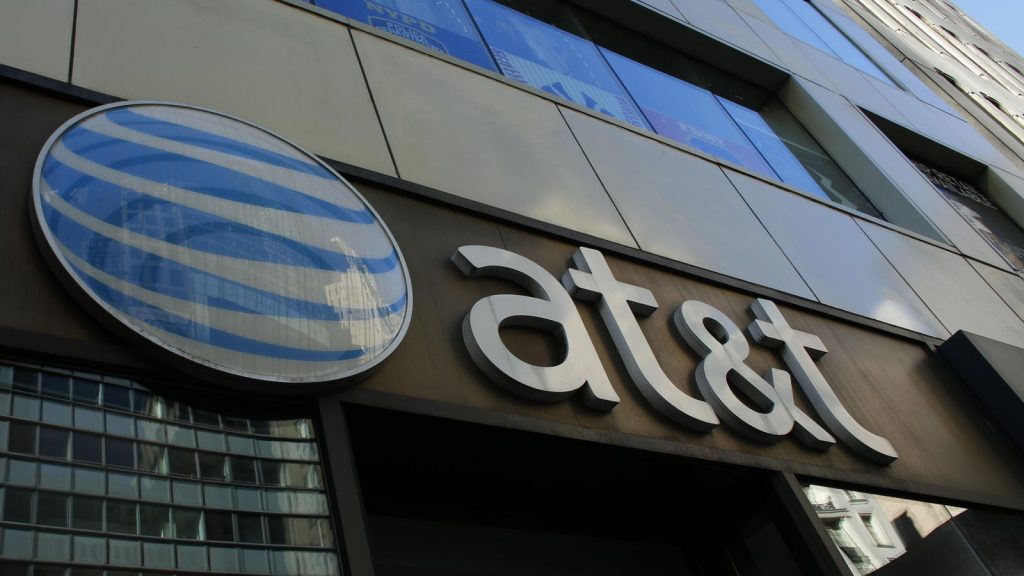
Telecommunication industry is considered the most progressive industry in the world. In the past more than a hundred years, from its origin to until now, it has seen a radical change. The time changed, but the company that belonged to the inventor of the telephone, Graham Bell, is still standing strong as the leading multinational conglomerate holding company. AT&T known as the largest telecommunication company has its own part in the history of the development of the telecom industry.
Birth of AT&T
After the discovery of the telephone, Graham Bell founded a company named the Bell Telephone Company, in 1880. By 1885, the company evolved as the American Telephone and Telegraph Company, the AT&T Co. AT&T, later, acquired the Bell Telephone Company, in December 1899. It started getting a hold on the customers in Canada and the United States, resulting in AT&T’s monopoly in the telecommunication industry. This growing monopoly of AT&T provoked the US government to drag the company to the court for an antitrust challenge. Later, it was settled outside the court on the basis of the Kingsbury Commitment, resulting in the government-authorised monopoly with the name of Bells System. The merger continued for the entire 20th century. Also, the company became the largest telephone company in the world.
After continuing for over 80 years, in 1981, the government-authorised monopoly was dissolved by the US regulations and resulted in the origin of smaller companies, including the Southwestern Bell. All the smaller companies started due to the break-up of the monopoly were known as Regional Bell Operating Companies or Baby Bells. The breaking-up of the monopoly also resulted in a rise in competition for AT&T as other independent telecommunication companies, like MCI and Sprint also came into the business.
The new Southwestern Bell company was founded by Robert G. Pope, who led the company with some really successful acquisitions. The company not only worked in the telecommunication but also acquired some of the cable companies and entered into the business of cable connections. In 1990, the company was rebranded as SBC Communications. The success of the company led it to the list of top 500 Fortune companies, in 1999.
In 2005, the SBC Communications was rebranded again, as AT&T Co., after it acquired its previous parent company, AT&T, for $16 billion. It also retained the iconic logo and stock-trading symbol of older AT&T.
Current Status & Achievements
The AT&T’s acquisition was followed by the other important ones as well, including the Mexican carrier Iusacell (2014), NII Holdings (2014), DirecTV (2015), Time Warner (2016), etc. The DirecTV deal was worth $48.5 billion and AT&T spent $108.7 billion for the acquisition of Time Warner. By 2017, AT&T became the world’s largest telecommunications company and second largest provider of the mobile telephone. AT&T is also the largest provider of fixed telephone services in the United States.

Yashica is a Software Engineer turned Content Writer, who loves to write on social causes and expertise in writing technical stuff. She loves to watch movies and explore new places. She believes that you need to live once before you die. So experimenting with her life and career choices, she is trying to live her life to the fullest.
